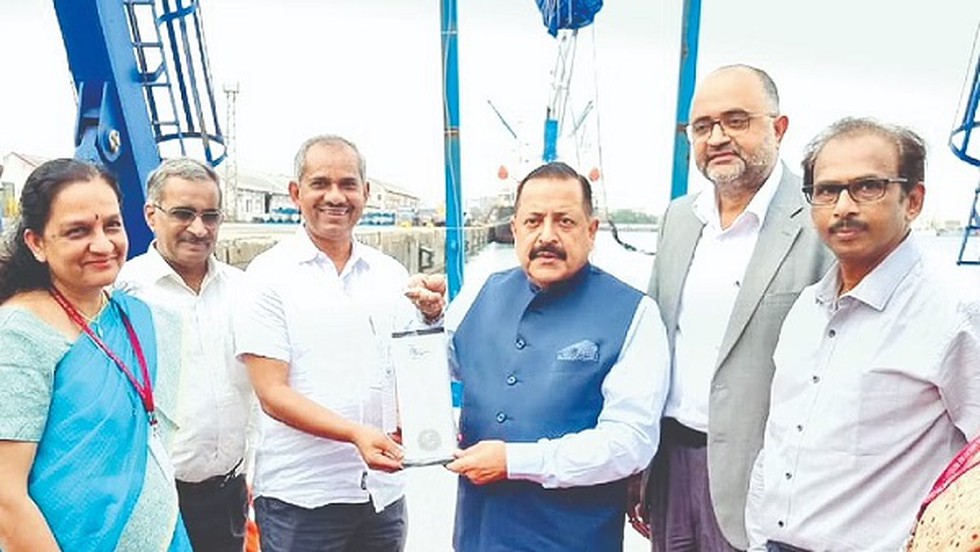
Union Minister of Earth Sciences, Jitendra Singh has launched India’s first saline water lantern, ‘Roshini’, which uses seawater to power Light Emitting Diode (LED) lamps. The minister unveiled the first-of-its-kind lantern during his visit to Sagar Anveshika, a coastal research vessel operated by the National Institute of Ocean Technology (NIOT) Chennai for marine research.
Buy Prime Test Series for all Banking, SSC, Insurance & other exams
What Is Saline Water Lantern?
- Saline water lanterns use seawater as an electrolyte between specially designed electrodes to power LED lamps. The technology will help bring ‘Ease of Living’ to the poor and needy, especially the fishing community living along the 7,500-km-long coastal line of India.
- Saline Water Lantern will also boost and supplement Prime Minister Narendra Modi’s UJALA scheme launched in 2015 for the distribution of LED bulbs across the country.
- The NIOT team for inventing the Roshini Lamp, further advising them to transfer the technology to the industry to facilitate mass production of this multipurpose lamp which can be of immense help in disaster-prone rural and remote areas.
- The progress of NIOT’s developed Low-Temperature Thermal Desalination (LTTD) technology which converts seawater to potable water.
- Three desalination plants based on the LTTD technology have been successfully designed and demonstrated at Kavaratti, Agati and Minicoy Islands of the Union Territory (UT) of Lakshadweep.
- The LTTD technology is suitable for UT’s islands, where the required temperature difference of about 15 degrees celsius between sea surface water and deep-sea water is found in the vicinity of Lakshadweep coasts only as of now.
Important Takeaways For All Competitive Exams:
- National Institute of Ocean Technology Founded: 1993;
- National Institute of Ocean Technology Director: Dr Gidugu Ananda Ramadass;
- National Institute of Ocean Technology Parent agency: Ministry of Earth Sciences.
Find More News Related to Schemes & Committees




 Haryana Assembly Passes Resolution to Co...
Haryana Assembly Passes Resolution to Co...
 Which Country is Known as the Land of Ch...
Which Country is Known as the Land of Ch...
 Operation Hawkeye: US and Jordan Strike ...
Operation Hawkeye: US and Jordan Strike ...







